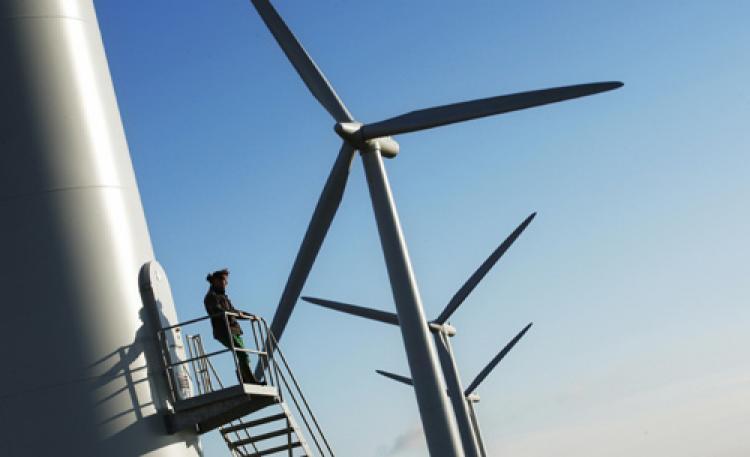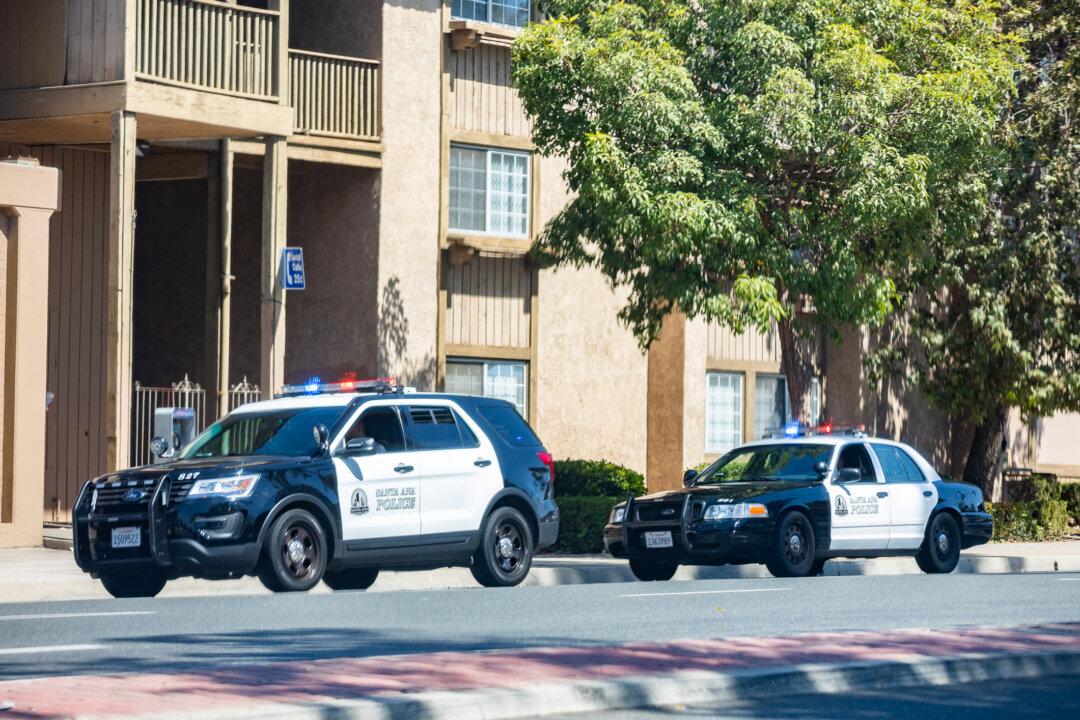As Anaheim continues moving toward renewable energy to meet state standards, electricity rates can go up significantly, according to Elden Krause, the city’s integrated resources planner.
Consumers can expect to pay a 15 to 20 percent increase, according to data from the 2018 Integrated Resources Plan (IRP), yet the next IRP to be released might show higher rates due to stricter state mandates, Krause said during a Sept. 22 meeting with the Anaheim Public Utilities Board of Directors.





